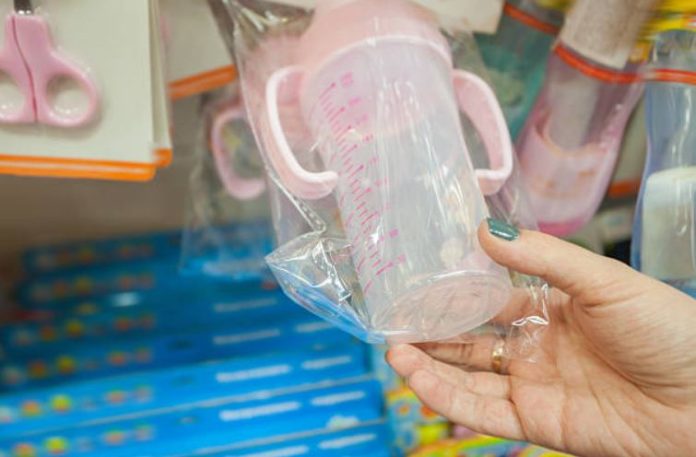A newborn baby is required to be fed every two hours and there are situations when the mother is unable to breastfeed the child. In such cases a feeding bottle comes handy either to hold formula milk or to store the mother’s milk.
The availability of huge varieties of feeding bottles made the choice of the proper bottle quite confusing for the parents. Our buying guide offers assistance to select the right bottle for your little one.
The modern day feeding bottles are the result of huge researches and sensible innovations. They came in a range of streamlined designs to suit your unique requirements.
For instance, there are bottles with wide bases that ensure easy cleaning, while some are provided with an internal vent that helps to prevent air bubbles forming. The bottles also vary in size and, shape and material, and at the time of buying you have to take all these points into consideration.
Size
The size of the feeding bottle is measured by the unit of ounce that is marked on the body of the bottles. It helps in preparing the right quantity of the formula. According to the international standard, the feeding bottles come in three sizes, the smallest being 4-ounce and the largest being 9-ounce and the medium comes in 8-ounce.
The smallest bottles are typically designed for the newborn babies though they can be used for holding juice or water. Replace them with 8- or 9-ounce when the child’s appetite starts to grow from 4 months onwards.
Shape
The feeding bottles are available in two basic shapes, straight necks and angle necks. The benefit of an angled bottle is that the nipple of the bottle remains filled with liquid and therefore free of air bubble.
Thus it minimizes the baby’s air intake. Then it also helps to hold the baby’s head in an upright position that according to the child specialists prevent ear infections.
Materials
Feeding bottles are mainly made of two types of materials; glass and plastic. Both have their respective merits and demerits. Plastic bottles are unbreakable, but they get deteriorated over constant use and have to be replaced at regular intervals.
On the other hand, with the exception of getting broken, chipped, or cracked, the glass bottles can be used for a far longer stretch of time. Their real effectiveness however lies in the fact that breast milk can be safely stored in these glass bottles.
Plastic bottles are made of either of these two compounds: polyethylene and polycarbonate. The recent researches found out that a chemical called bisphenol-A may leach from plastic into the baby food when a bottle containing the milk residues is heated for 20 to 30 minutes at a boiling temperature.
According to the FDA guidelines, neither, formula nor breast milk should be stored in the plastic bottles, and leftovers should be thoroughly cleaned out from the bottles. Every time your baby gets hungry, fill the bottle with freshly prepared formula or freshly expressed breast milk.
Disposable System
Disposable bottles are made of a hard plastic shell called the nurser and a special nipple and screw-on collar. There are disposable presterilized plastic bags that are tucked to the nurser with the help of screw-on collar.
The greatest advantage of these disposable bottles is that they are ready to use and saves you from the day-to-day hazards of sterilizing the bottles. Then these bags contract naturally and thus the baby does not suck air bubbles. However, the nipples should be properly cleaned like the normal nipples.
Nipples
Nipples are the integral part of the bottles and they should be chosen with great caution. The proper sucking by the baby depends on the nipple. A good amount of flow and less air makes a perfect nipple.
Each baby is different in its way of drinking; some prefer a faster flow, while some are a slow drinker. You can choose from a variety of nipples with slow, fast, medium, and variable flow to make the drinking easy for your baby. The flow of the nipple depends in its shape and on the hole size. So far as the materials of the nipples are concerned, the silicon nipples are more preferred than those of the latex nipples for their long-lasting and safety.
The best brands
Some of the best brands of baby bottles are Avent, Dr. Brown Bottles, Playtex Ventaire, Second Nature Bottles and Evenflo glass bottles. The bottles from most of these leading brands come as an interchangeable system, so that you can fit the nipples or caps interchangeably. For the breastfeeding mothers, these bottles provide the facility of attaching them directly to a breast pump.
Bottom line
Always select from premium quality bottles so that your baby stays away from the discomforts like gas pain, burping or spitting up. Buy the bottles complete with other accessories that help you in their cleaning, storing and carrying. And last but not least, properly sterilize the bottles regularly; this is the best guarantee for your baby’s good health.

